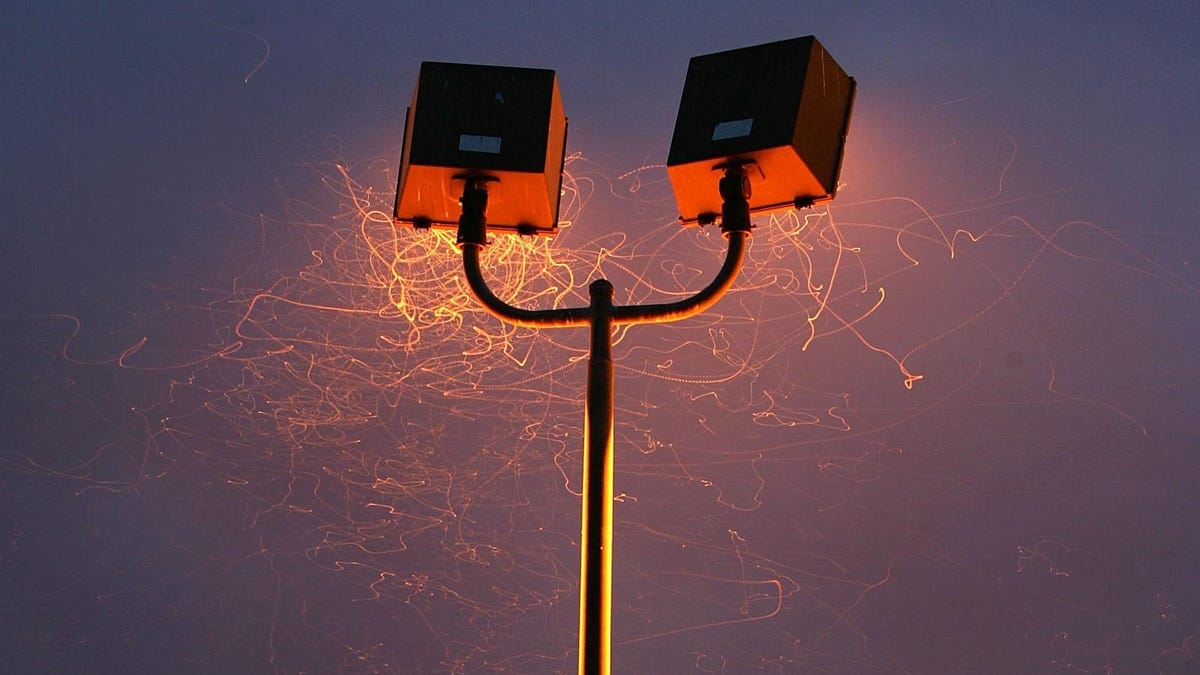
People have used gentle to lure bugs for no less than 2,000 years (thanks, Romans). Now, a group of researchers says they know why the animals are apparently drawn to the sunshine—and it’s not a cheerful story.
The fashionable bug zapper has been around for about a century. It has killed numerous mosquitos, dragonflies, moths, you title it. However, based mostly on new information, scientists report that the bugs aren’t drawn to the sunshine, actually; fairly, they use gentle sources to orient flight and synthetic disorients them, typically to deadly ends. The group’s analysis is published this week in Nature Communications.
“This has been a prehistorical query. Within the earliest writings, folks have been noticing this round hearth,” stated Jamie Theobald, a biologist at Florida Worldwide College and co-author of the research, in a Florida Museum release. “It seems all our speculations about why it occurs have been incorrect.”
Like a moth to a flame—or so the saying goes—the researchers attended to the query at hand. In a Costa Rican cloud forest, the group turned on a man-made gentle and made discipline recordings of the bugs that confirmed up. They noticed the animals “orbiting” (making arcs across the ultraviolet gentle supply), “stalling” (flying upwards and slowing down, however not flipping), and “inverting” (totally flipping) within the presence of the sunshine.
The group mixed their discipline research with lab experiments. They recorded the movement of diurnal dragonfly species (the widespread darter, S. striolatum, and migrant hawker, A. mixta), and nocturnal moths (the yellow underwing, N. pronuba and N. fimbriata, and Lorquin’s atlas moth, A. lorquinii.) They recorded 538 flight trajectories between the 4 species.
The outcomes have been easy. The bugs weren’t noticed steering into the sunshine. Somewhat, they typically turned their dorsum (their “backs”) towards the sunshine; they have been steering by it.
“Below pure sky gentle, tilting the dorsum in the direction of the brightest visible hemisphere helps keep correct flight perspective and management,” the group wrote. “Close to synthetic sources, nonetheless, this extremely conserved dorsal-light-response can produce steady steering across the gentle and lure an insect.”
Thus, the “seemingly erratic” flying patterns are actually simply the bugs’ failed makes an attempt to make sense of the synthetic gentle. There’s a darkish irony to the bug zapper: of their makes an attempt to fly by its steerage, bugs as a substitute meet their demise.
Trending Merchandise

















